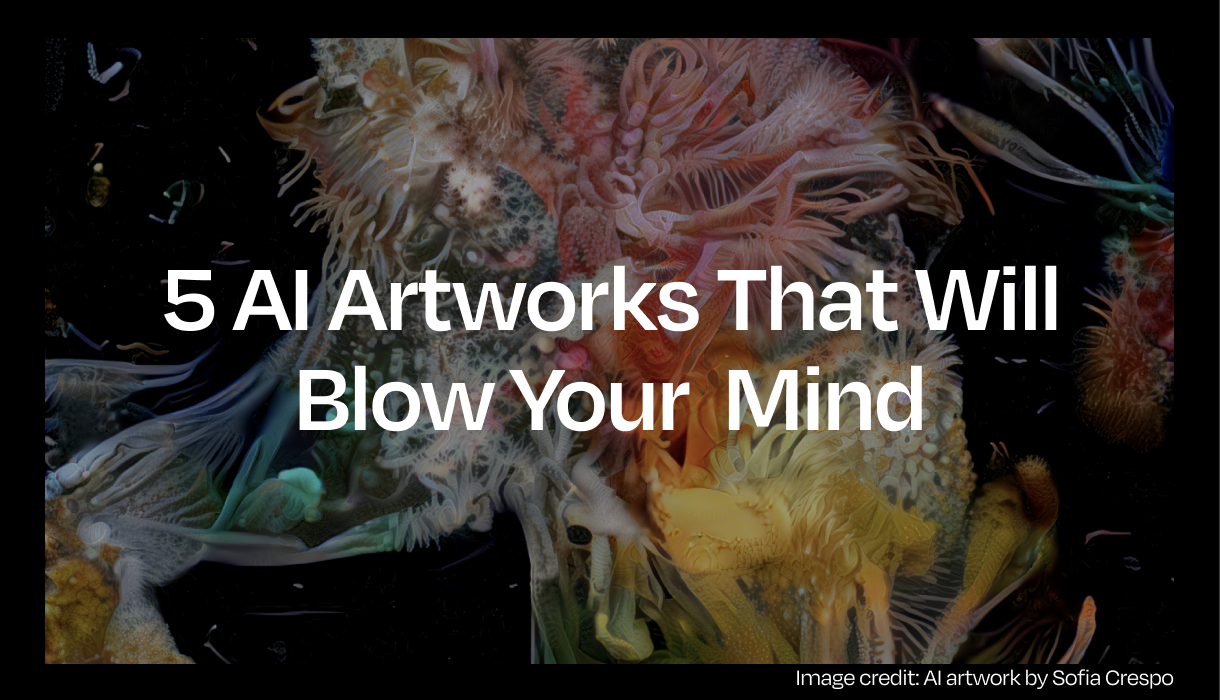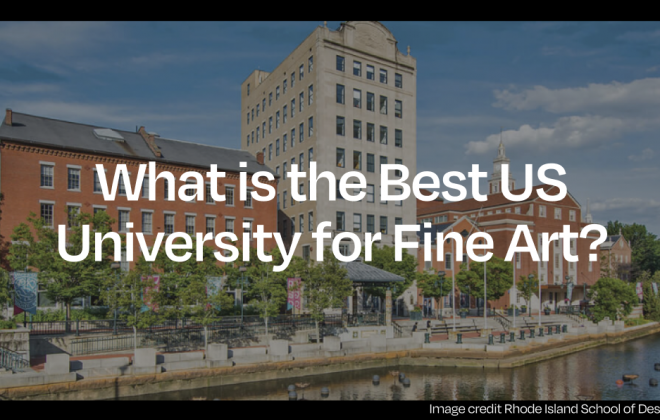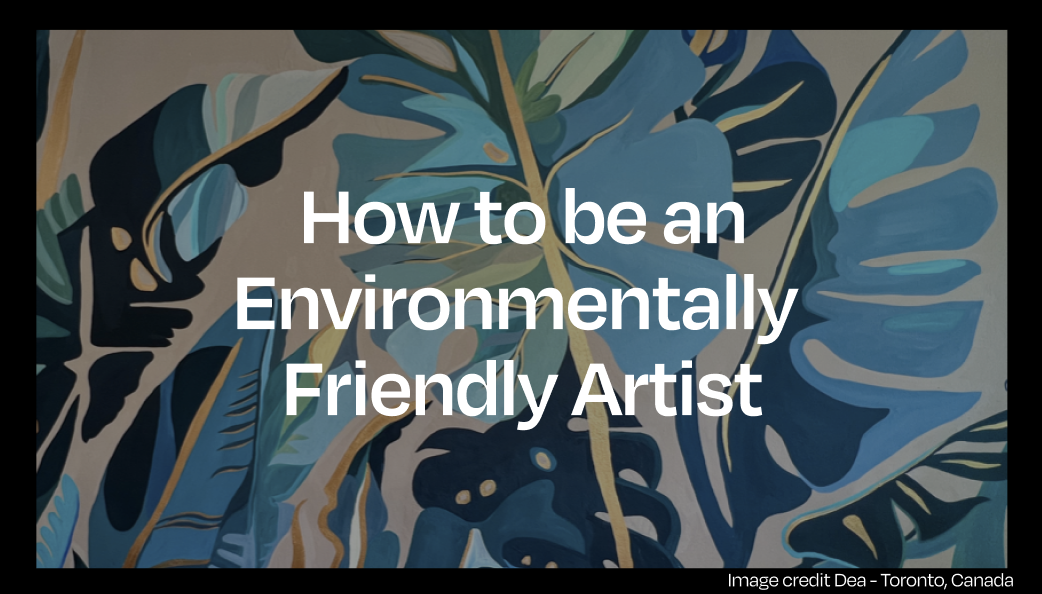
How to be an Environmentally Friendly Artist
In a world increasingly aware of its ecological footprint, artists are finding innovative ways to create without leaving a negative mark on the planet. Embracing environmentally friendly art practices isn’t just a trend; it’s a responsibility. So, whether you’re a seasoned artist or just picking up your first paintbrush, let’s explore how you can infuse your creative process with sustainability. Let’s dive into the realm of environmentally friendly art.
1. Choosing Earth-Conscious Materials
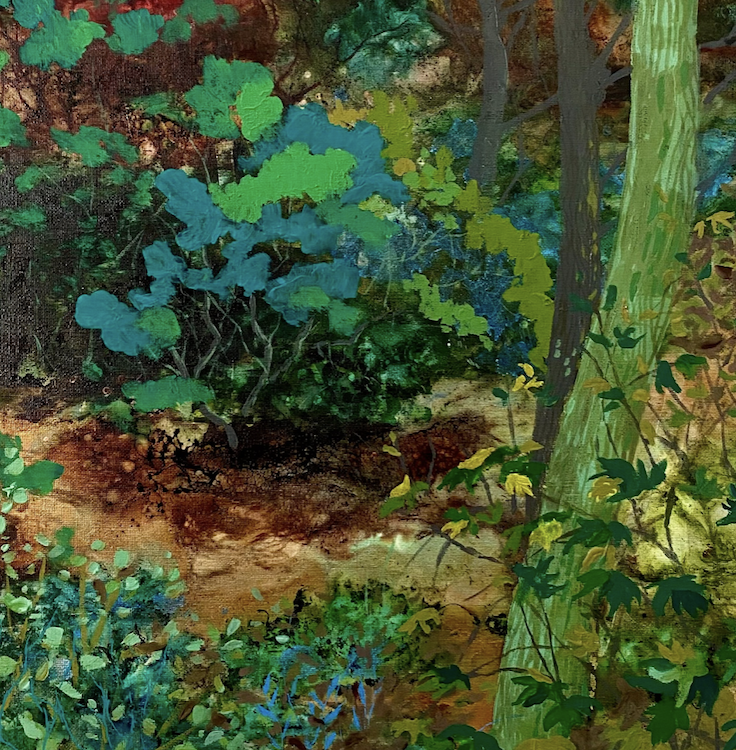
The foundation of environmentally friendly art lies in the materials you choose. Opting for sustainable, eco-friendly options can significantly reduce your environmental impact. Look for art supplies that use recycled or responsibly sourced materials. From sketchbooks made of recycled paper to brushes with bamboo handles, the choices are diverse and readily available.
When it comes to paint, water-based and solvent-free options are key players in environmentally friendly art. These paints release fewer harmful chemicals into the air, contributing to a healthier studio space and a cleaner environment. Make it a habit to check labels and choose products that prioritise sustainability.
2. Environmentally Friendly Art Studios
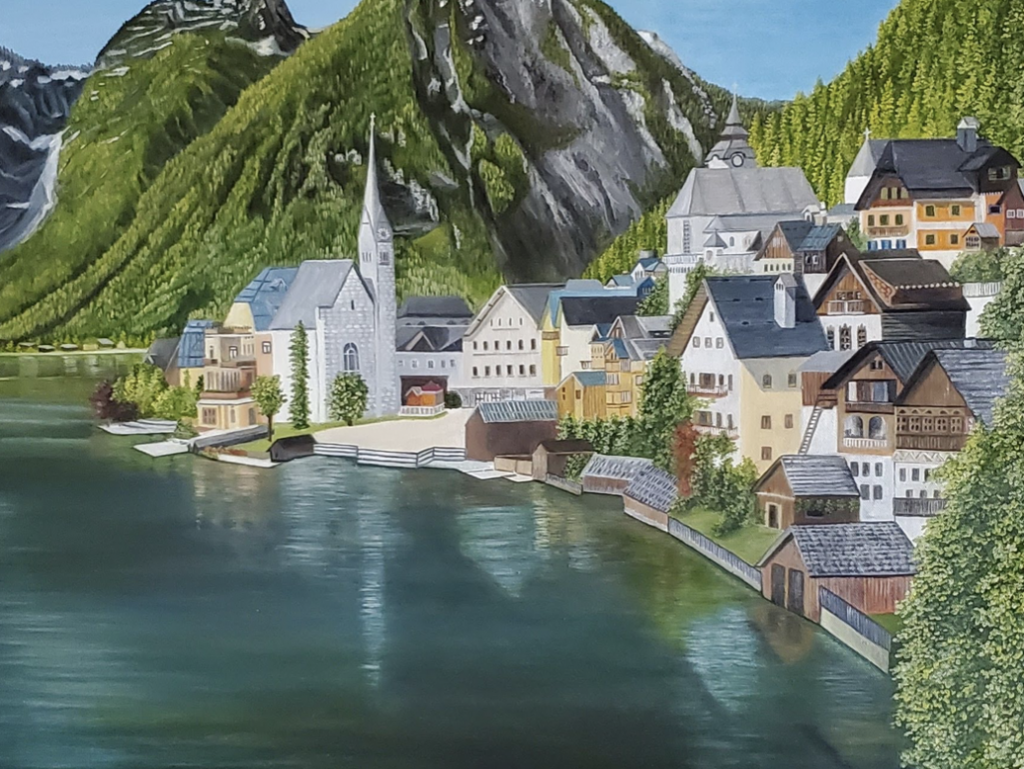
Creating an environmentally friendly art studio doesn’t mean sacrificing creativity. In fact, it’s an opportunity to think outside the canvas. Consider using natural light during the day, not only to reduce energy consumption but also to create an inviting and inspiring workspace.
Investing in energy-efficient lighting options for evening work sessions is another way to make your studio more environmentally friendly. LED lights, for instance, are not only energy-efficient but also have a longer lifespan, reducing waste over time.
3. Reuse, Recycle, Upcycle
Embrace the mantra of “reduce, reuse, recycle” in your art practice. Collect and repurpose materials, turning them into new creations. Old canvases, discarded paper, and even worn-out brushes can find new life in the hands of an environmentally conscious artist.
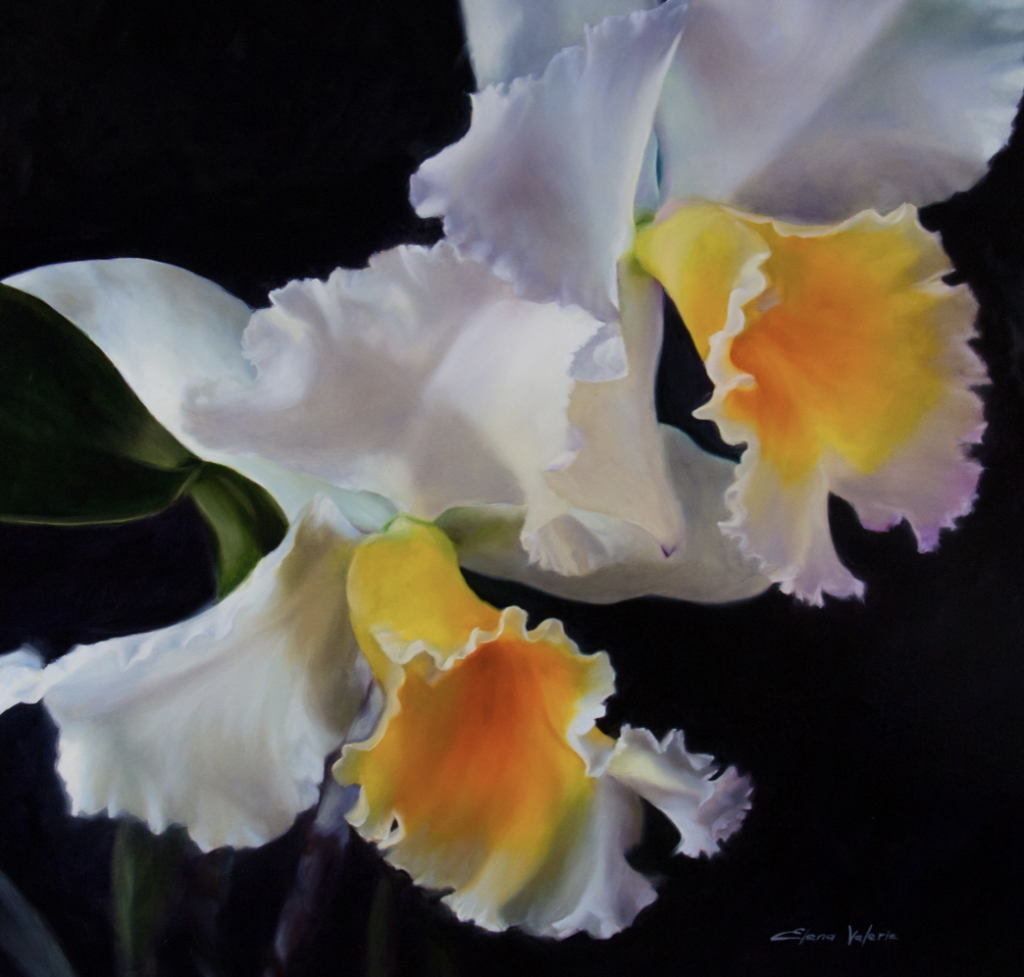
Upcycling is a particularly exciting aspect of environmentally friendly art. Transforming discarded items into art materials not only adds a unique touch to your creations but also helps reduce waste. Challenge yourself to incorporate found objects into your work, giving them a new narrative and purpose.
4. Conscious Disposal of Art Supplies
The cycle of environmentally friendly art extends beyond creation to disposal. Properly disposing of art supplies is crucial in minimising your environmental impact. Hazardous materials like solvents, varnishes, and certain pigments can be harmful if not handled correctly.
Research local programs for the safe disposal of art materials. Many communities have specific guidelines for handling hazardous waste, ensuring that it doesn’t end up in landfills or harm ecosystems. By taking responsibility for the entire life cycle of your materials, you contribute to the sustainability of your artistic endeavours.
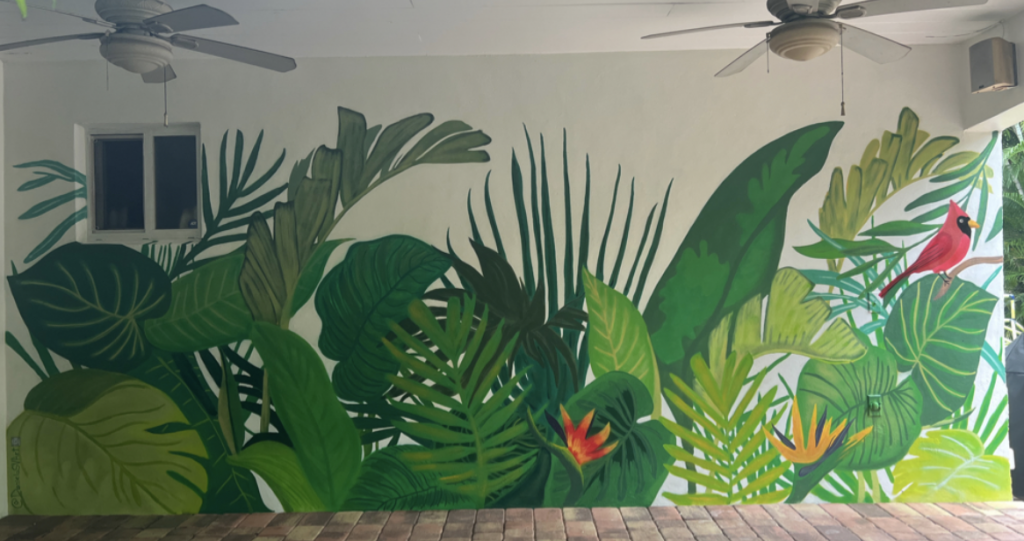
5. Embrace Digital Art
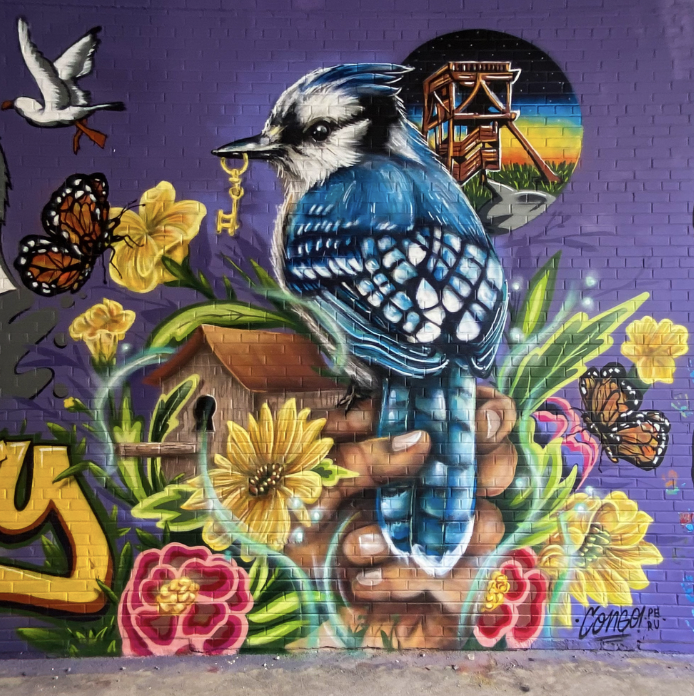
In the age of technology, going digital is a powerful way to create art with minimal environmental impact. Digital art eliminates the need for physical materials like paper, canvas, and paint, significantly reducing waste. Investing in a tablet and stylus opens up a world of possibilities without leaving a tangible mark on the environment.
Additionally, digital art allows for easy sharing and collaboration, eliminating the need for physical transportation of artwork. It’s a win-win for both the artist and the planet.
6. Mindful Art Consumption
As artists, we are not only creators but also consumers. Being mindful of the art materials you purchase can have a substantial impact on the environment. Support companies that prioritise sustainability and environmentally friendly practices. Look for those with certifications like the Forest Stewardship Council (FSC) that ensure responsible sourcing of wood-based materials.
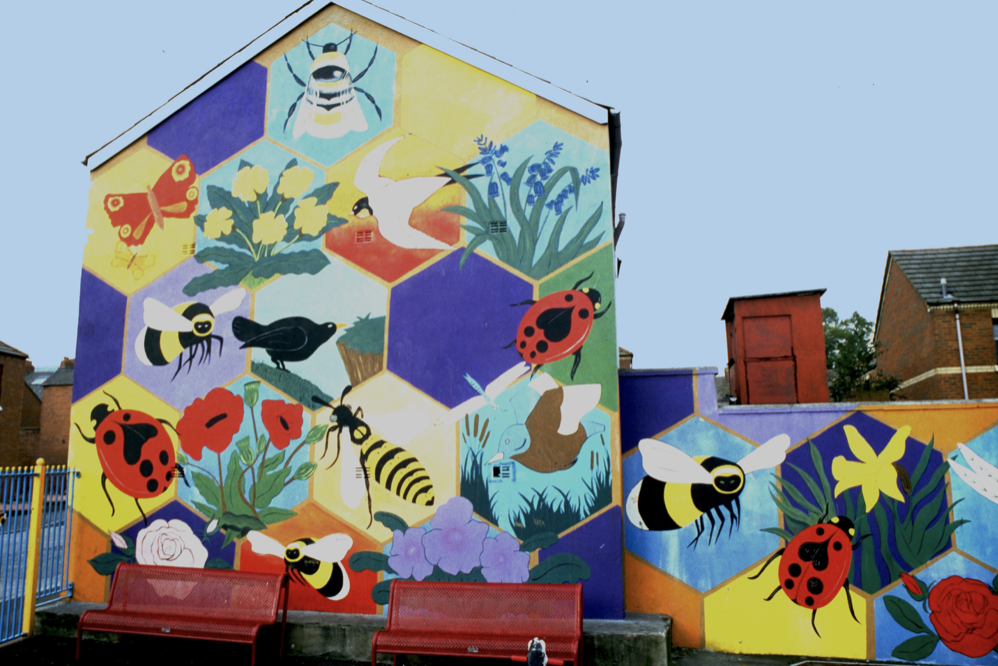
Consider attending workshops or classes that focus on environmentally friendly art techniques. Engaging with like-minded artists and educators can broaden your understanding of sustainable practices and inspire new approaches to your craft.
7. Promote Environmental Awareness Through Art
Art has the power to convey messages, provoke thought, and inspire change. Use your artistic platform to raise awareness about environmental issues. Create pieces that highlight the beauty of nature, the impact of climate change, or the importance of conservation. Your artwork becomes a vehicle for advocacy, encouraging viewers to reflect on their own relationship with the environment.
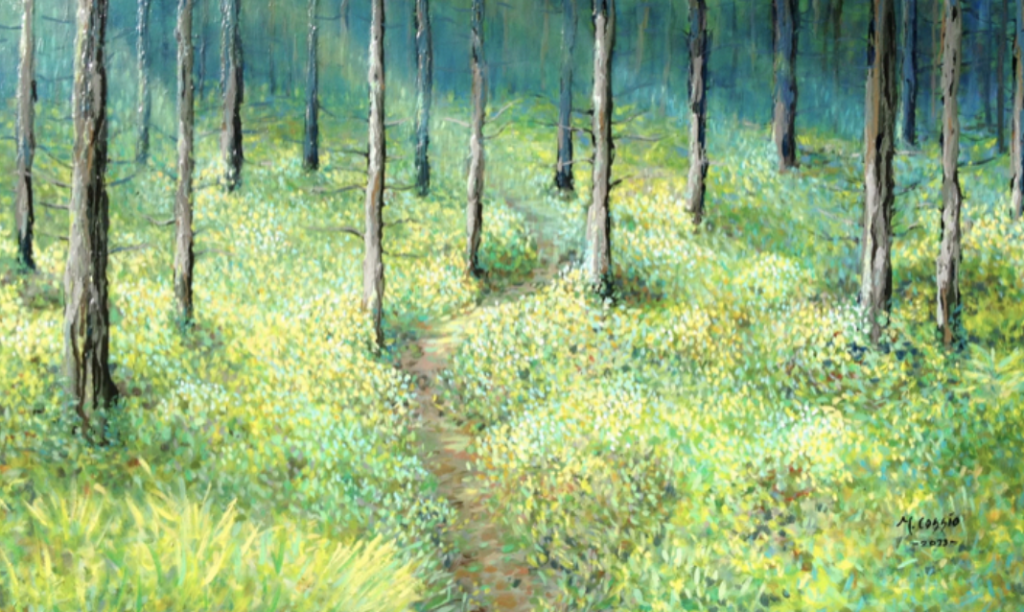
Collaborate with environmentally focused organisations or participate in art exhibitions that center around sustainability. By integrating your passion for art with a commitment to the planet, you contribute to a broader dialogue on the intersection of creativity and environmental consciousness.
In the vibrant realm of artistry, the brushstrokes of creativity can be harmoniously intertwined with the brushstrokes of sustainability. Becoming an environmentally friendly artist is not a limitation but an invitation to explore new avenues of expression, to challenge conventional practices, and to leave a positive mark on the world—one that aligns with the beauty of the art you create. So, let your art not only speak volumes but also echo the values of a mindful and environmentally conscious creator.
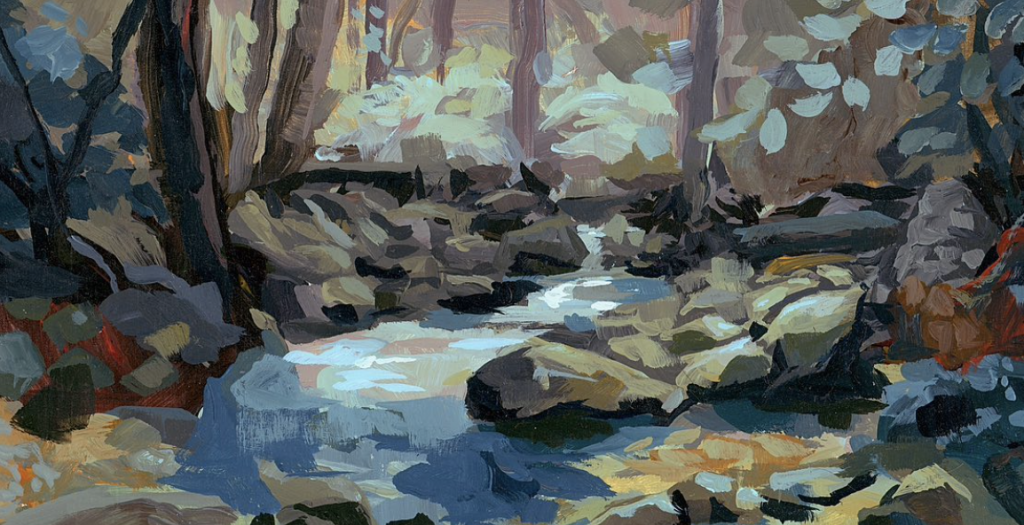
Check out top-rated local artists near you!
Are you an artist ? Sign Up










